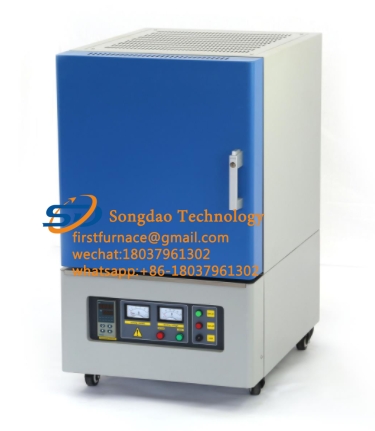- 06
- Jan
Explanation of the treatment process of the experimental electric furnace high temperature ashing method
Explanation of the treatment process of the ਪ੍ਰਯੋਗਾਤਮਕ ਇਲੈਕਟ੍ਰਿਕ ਭੱਠੀ high temperature ashing method
High-temperature ashing method is a treatment method that uses thermal energy to decompose organic samples to make the elements to be tested become soluble. The treatment process is as follows: accurately weigh 0.5~1.0g (some samples need to be pretreated), and place it in a suitable vessel, commonly used crucibles, such as platinum crucibles, quartz crucibles, porcelain crucibles, and pyrolysis Graphite crucibles, etc., are then placed in an electric furnace for low-temperature carbonization until the smoke is nearly exhausted. Then put it into the experimental electric furnace, and raise the temperature from low temperature to about 375~600℃ (depending on the sample), so that the sample is completely ashed. The temperature and time of ashing are different for different samples. After cooling, the ash is washed out with inorganic acid, and after diluting with deionized water to a constant volume, the atomic absorption method can be used to determine the element to be measured.

